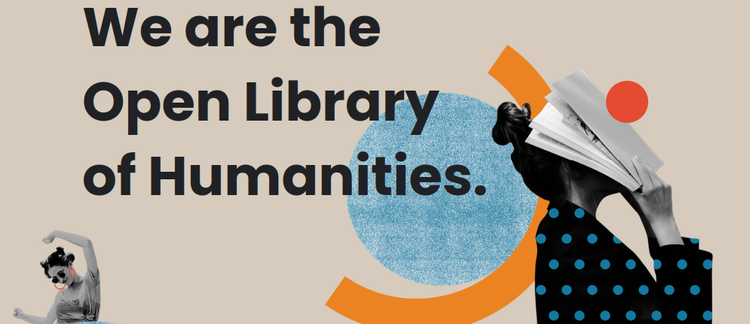An interview with OLH author Lauren Collister on how people use Twitter
Posted by Martin Paul Eve on 1 December 2015



This interview with Lauren Collister is part of a series of posts where we ask OLH authors to elaborate on their work and to think more broadly about its general uptake. This interview relates to Lauren’s co-authored article published at the Open Library of Humanities journal: Draucker, F. & Collister, L.B., (2015). Managing Participation through Modal Affordances on Twitter. Open Library of Humanities. 1(1), p.e8. DOI: http://doi.org/10.16995/olh.21.
Tell us a little bit about yourself?
I’m a linguist; I received my Ph.D. in 2013 from the University of Pittsburgh. I now work for the Office of Scholarly Communication and Publishing at the University of Pittsburgh. My research focuses on multimodal communication in online environments – or, plainly, how people on the Internet use various different ways of communicating with each other, and what each of those mediums contributes to the meaning or tone of what they’re saying. I’m also very interested in semiotics, which is the study of signs and symbols in communication.
What would you like people to take away from your article and work?
I think my favorite part of the article is the idea that the community of users of an online platform, whether it’s Twitter or anything else, will create their own norms and ways of using the features of the platform. The designers can introduce new features, even ones based on what the users have started doing themselves, but it will be ultimately up to the users to decide how they incorporate the new features into their use of the medium. We showed this with the introduction of retweeting features in Twitter’s interface – we see evidence that Twitter users still use the old community-generated “manual retweet” form, but that all of the different kinds of retweets take on slightly different shades of meanings.
What led you to investigate the way in which speech is cited, used and circulated on Twitter?
Fawn and I were part of the same cohort in graduate school, and we both became interested in Erving Goffman’s work, specifically the theories and frameworks surrounding participation in speech. As humans, we talk differently – and present ourselves differently – depending on who is listening to us. We started a small reading group around this topic (just the two of us, actually) and the more we read about it, the more it became obvious that these ideas were applicable to online or text-based conversations, too.
At one point, we had done some reading on reported speech, or when someone indirectly quotes someone else, and were asking ourselves the following question: If Chris is telling Robin something that Pat said, is Pat still a participant in the conversation? Does the meaning of Pat’s utterance change when brought into this new context? It is a question that problematizes theories and frameworks about participation in conversation. As we were digging into the question and trying to come up with examples, we came to the idea of retweets as reported speech. In that moment, the paper was born.
Why do you think that this topic is important?
There are two important aspects to this topic that I see, one for individuals who use online services and one for developers of these platforms.
First, it is often the case that people use social media and just put their words out there into the world without caring what will happen to them. Their words get reposted and shared, sometimes outright stolen; it is important to not only be able to understand attribution in social media and other online contexts, but to think about these things when writing your own tweets or posts.
Second, for developers, it is very important to understand exactly what your users are doing with your platform when you introduce new features. In this case, we don’t argue that Twitter’s introduction of retweet features was right or wrong, but the new features may have been used differently than the developers envisioned. We show why this was the case, which happens to be that users had already created the mechanism for reporting speech and Twitter’s automatic retweet feature was doing something different than they were used to. Rather than replacing what they had been doing, users now had more tools in their linguistic toolbox to use when crafting tweets. This is perhaps a good outcome; in other cases, when a feature might break a system that users conventionally use, there may be backlash against this.
What do you think needs to be done to further this work?
I would love to see more participation analysis in other platforms online. How we engage in conversation has changed radically with social media, and Twitter is only one example. There is a whole unexplored world for linguists interested in discourse analysis and participation. I would also like to see an investigation of how the meaning changes when these different kinds of reported speech are used. If I retweet something without a comment attached to it, that certainly means that I want to share it; however, does it also mean that I agree with it?
